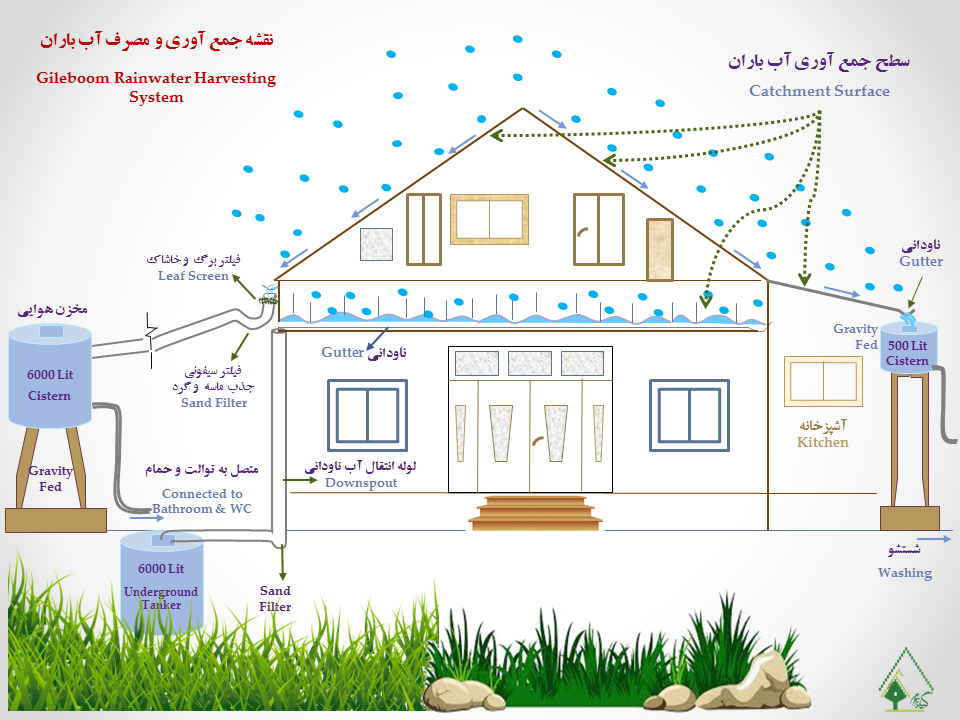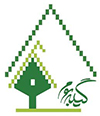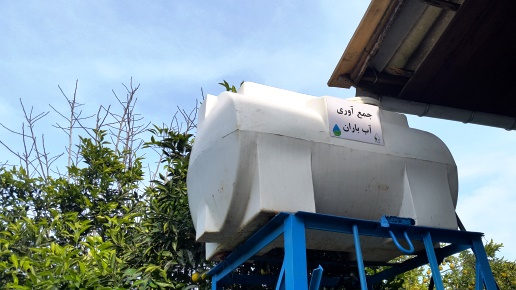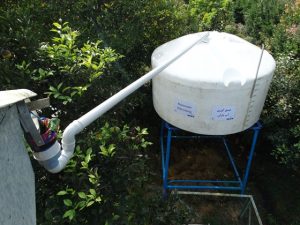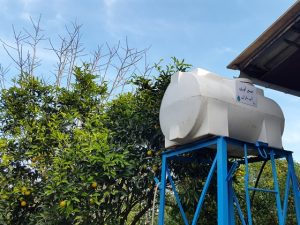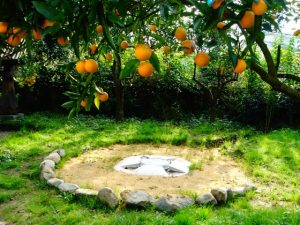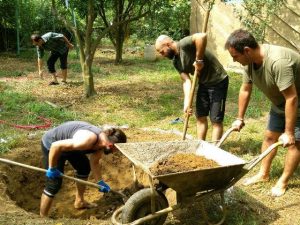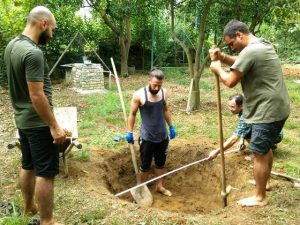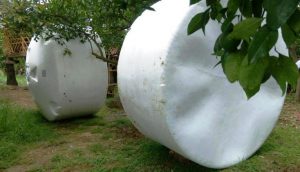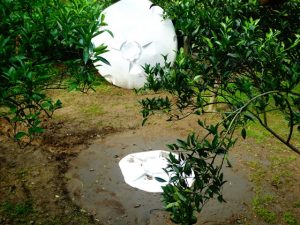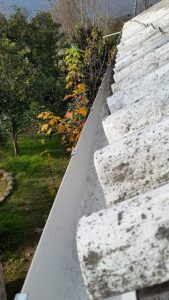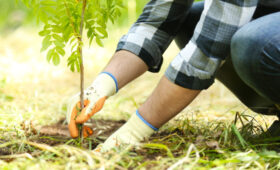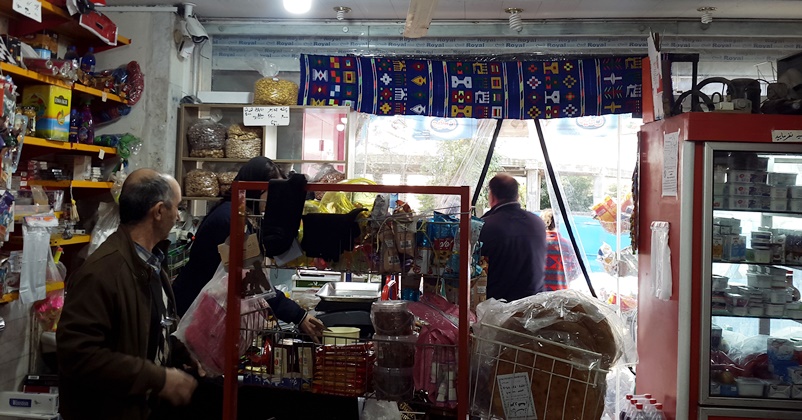Rainwater harvesting is an ancient technique enjoying a revival in popularity due to the inherent quality of rainwater and interest in reducing consumption of treated water.
Rainwater is valued for its purity and softness. It has a nearly neutral PH and is free from disinfection by-products, salts, minerals, and other natural and man-made contaminants. Plants thrive under irrigation with stored rainwater.
Appliances last longer when free from the corrosive or scale affects of hard water. Users with potable systems prefer the Superior taste and cleansing properties of rainwater.
Archaeological evidence attests to the capture of rainwater as far back as 4,000 years ago, and the concept of rainwater harvesting in China may date back 6,000 years.
Ruins of cisterns built as early as 2000 B.C. for storing runoff from hillsides for agricultural and domestic purpose are still standing in Israel (Gould and Nissen-Pettersen, 1999).
Gileboom, as an ecolodge, started to establish rainwater harvesting systems in its yard.
A guest from Portugal and two cyclist from Mazandaran and Tehran province helped us first to dig a hole for 6000 liters tank.
It is important that ecolodges in Iran have this system in their task list.
